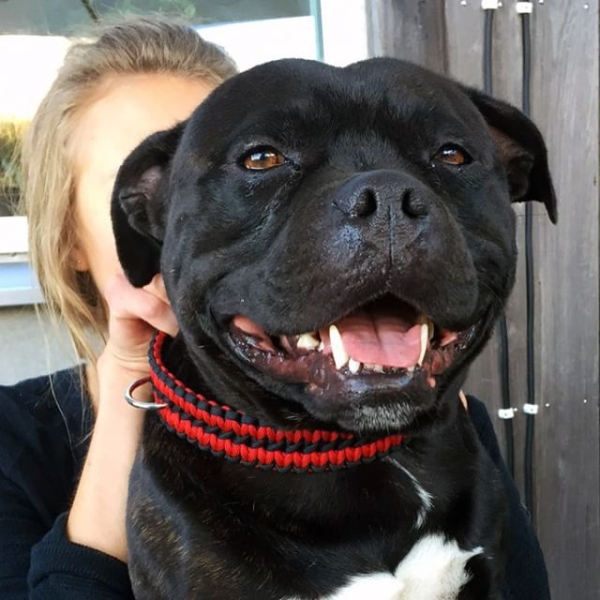Let’s be real here: in popular society, dogs are not expected to be clean. But there’s more to canine hygiene than just the occasional bath. There are teeth to brush, dog beds to clean, and even chew toys to de-slobber. Unsure of where to begin? Here’s a complete guide to everything you need to know about your canine’s cleanliness.
Bathing your dog
Most pet owners over-bathe their dogs. After all, we can’t have a dirty dog lying on the couch or leaping into beds with us. But surprisingly, dogs don’t need to be bathed that much. Veterinarians recommend for dogs to be bathed once every three months. Active dogs, long-haired dogs, or dogs who enjoy rolling in things should obviously be bathed more frequently, but the average dog is good with one bath every couple of months, according to the ASPCA. Frequent washing can irritate the skin, causing the skin to flake and the coat to become duller.
Brushing your dog’s teeth


The most common disease for dogs? Nope, not heartworm–periodontal disease. The disease is formed in the gums and is caused by tartar build up on the teeth. Periodontal disease can have dire side effects if not treated, including bacterial infections that could be lethal. The easiest way to avoid this? Brush your dog’s teeth–every day. That’s right, every time you brush your teeth, you should be brushing your dog’s too.
Good news: Bright makes daily dental care so easy! Each Bright Dental Kit contains a one-month supply of dental sticks and (real) chicken-flavored toothpaste that contains three high-powered enzymes to freshen breath, prevent gum disease, and strengthen teeth. These chews are so engaging and delicious, your pup won’t be wise to the fact that they’re brushing their teeth. Subscribe at barkbright.com today for your first kit.
Cleaning your dog’s bed
Unless there’s a soiled diaper lying somewhere in your house right now, chances are the dirtiest thing in your home is your dog’s bed. A dog’s bed is a haven for fleas, ticks, germs, and allergens. You can bathe your dog as much as you want, but if their bed is dirty, then so is your dog.
A good advice is to buy a dog bed with a removable fabric cover that can be taken off and thrown into the washing machine twice a month. If you have a dog that sheds, the dog bed should be vacuumed at least once a week. Your dog might not like the cleanliness, but your house (and guests!) will thank you for it.
Cleaning your dog’s toys
The cleanliness of your dog’s toys is especially important as these often go in your dog’s mouth. Cleaning a toy with disinfectant or cleaning sprays could harm or even potentially poison your dog. ASPCA recommends using water-diluted bleach to clean non-soft toys. For a greener solution, Apartment Therapy suggests soaking toys in a half water, half vinegar solution for 30 minutes. Whatever concoction you use, remember to wash toys at least once a month for safe playing.
Cleaning your dog’s paws
Your dog’s paws carry whatever they step in, that includes pesticides, pollens, molds, dust mites, and other pollutants. Because they don’t get bathed every day, it’s a good idea to clean their paws at least once a month either with a paw soak or a rub down with a wet cloth, according to Healthy Pets. If you have a hairy dog, don’t forget to trim and brush the hairs between their toes. Cleaning your dog’s paws regularly will cut down on the amount of paw chewing and licking they do, too.
Cleaning your dog’s collar/leash/harness
Any dog owner will know that a collar, after awhile, can start to smell funky. After bathing your dog and cleaning their bed, it doesn’t make any sense to slap a dirty collar on them. Collars don’t need to be washed that much, but as soon as it starts to smell or become brown/black, it’s a good idea to toss it in the washing machine with some pet-friendly detergent. A quick way to also clean a collar is to soak it in a bowl of a hot water and dog shampoo. Do a final rinse with cold water and you’re good to go.











